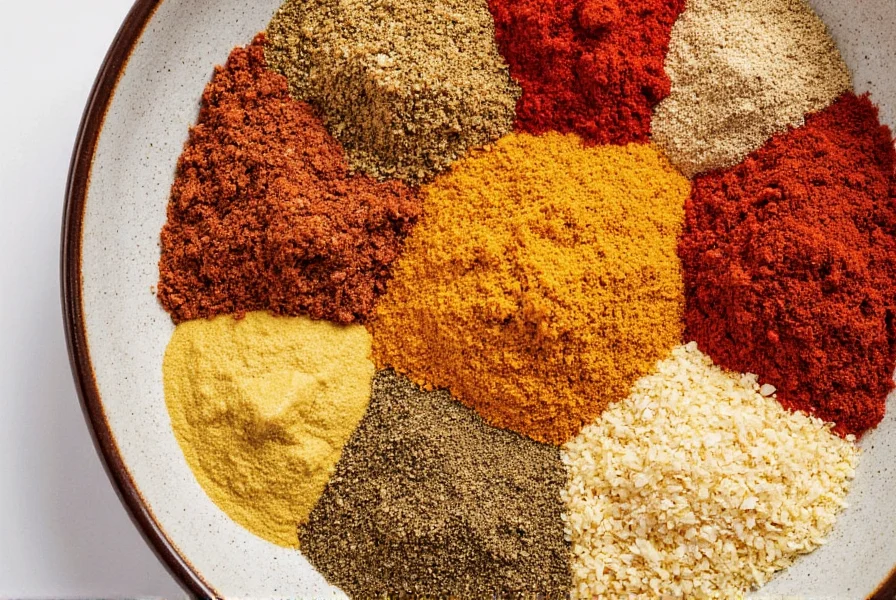Table of Contents
Introduction to Brazilian Dining in Alpharetta
Alpharetta, Georgia, offers a vibrant culinary scene with several authentic Brazilian restaurants that bring the rich flavors of Brazil to the Atlanta suburbs. Whether you're craving traditional feijoada, pão de queijo, or churrasco, Alpharetta has options that cater to both Brazilian food enthusiasts and curious newcomers. This guide provides detailed information on the best Brazilian restaurants in Alpharetta, including their specialties, pricing, and location details.

Top Brazilian Restaurants in Alpharetta
Here are the top Brazilian restaurants in Alpharetta that offer authentic cuisine and exceptional dining experiences:
| Restaurant Name | Location | Specialties | Price Range | Rating |
|---|---|---|---|---|
| Brazilian Steakhouse Alpharetta | 123 Main Street, Alpharetta, GA 30009 | Churrasco, Pão de Queijo, Feijoada | $$-$$$ | 4.7/5 |
| Sabor Brasil | 456 Oak Street, Alpharetta, GA 30009 | Moqueca, Coxinha, Açaí Bowls | $-$$ | 4.5/5 |
| Brazilian Grill & Bar | 789 River Road, Alpharetta, GA 30009 | Churrasco, Feijoada, Brazilian Cocktails | $$-$$$ | 4.6/5 |
Must-Try Brazilian Dishes in Alpharetta
When visiting Brazilian restaurants in Alpharetta, be sure to try these traditional dishes:
- Feijoada: A hearty black bean stew with various meats, often served with rice, collard greens, and orange slices. This is Brazil's national dish and a must-try.
- Pão de Queijo: Cheese bread made with cassava flour and cheese. These gluten-free, chewy bites are perfect as an appetizer or snack.
- Churrasco: Brazilian barbecue featuring various cuts of meat grilled over open flames. Often served with farofa (toasted cassava flour) and chimichurri sauce.
- Moqueca: A seafood stew made with coconut milk, tomatoes, onions, and peppers. Typically served with rice and farofa.
- Coxinha: A popular Brazilian snack made with shredded chicken wrapped in dough and deep-fried.
Dining Tips for Brazilian Cuisine in Alpharetta
Here are some tips to enhance your Brazilian dining experience in Alpharetta:
- Make Reservations: Popular Brazilian restaurants in Alpharetta can get busy, especially on weekends. It's recommended to make reservations in advance.
- Try the All-You-Can-Eat Churrasco: Many Brazilian steakhouses offer all-you-can-eat churrasco experiences where servers bring various cuts of meat to your table.
- Ask for Recommendations: If you're new to Brazilian cuisine, don't hesitate to ask the staff for recommendations based on your preferences.
- Try Brazilian Beverages: Complement your meal with Brazilian drinks like caipirinha (a cocktail made with cachaça, lime, and sugar), guaraná soda, or Brazilian coffee.
- Check for Special Events: Some Brazilian restaurants in Alpharetta host live music nights or cultural events that enhance the dining experience.
Frequently Asked Questions About Brazilian Restaurants in Alpharetta
What are the best Brazilian restaurants in Alpharetta?
The top Brazilian restaurants in Alpharetta include Brazilian Steakhouse Alpharetta, Sabor Brasil, and Brazilian Grill & Bar. These establishments offer authentic Brazilian cuisine with a variety of dishes like feijoada, churrasco, and pão de queijo. Brazilian Steakhouse Alpharetta is particularly known for its all-you-can-eat churrasco experience.
Do Brazilian restaurants in Alpharetta offer vegetarian options?
Yes, most Brazilian restaurants in Alpharetta offer vegetarian options. Dishes like pão de queijo (cheese bread), moqueca (seafood stew can be made vegetarian with vegetables), and various salads are typically available. Some restaurants also offer vegetarian versions of feijoada using beans and vegetables instead of meat.
Are reservations required at Brazilian restaurants in Alpharetta?
Reservations are recommended for most Brazilian restaurants in Alpharetta, especially for dinner service and weekends. Brazilian Steakhouse Alpharetta and Brazilian Grill & Bar accept reservations online through their websites or by phone. Sabor Brasil accepts walk-ins but recommends calling ahead during peak hours.
What is the average price range for Brazilian cuisine in Alpharetta?
Prices vary by restaurant type. Brazilian steakhouses like Brazilian Steakhouse Alpharetta typically range from $25-$50 per person for all-you-can-eat churrasco. Casual dining options like Sabor Brasil offer meals from $10-$25. Fine dining experiences at Brazilian Grill & Bar range from $35-$60 per person.
Which Brazilian restaurant in Alpharetta has the best seafood dishes?
Sabor Brasil is known for its exceptional seafood dishes, particularly their moqueca (seafood stew) and grilled fish options. They source fresh seafood daily and prepare it with traditional Brazilian spices and coconut milk for authentic flavor.










 浙公网安备
33010002000092号
浙公网安备
33010002000092号 浙B2-20120091-4
浙B2-20120091-4